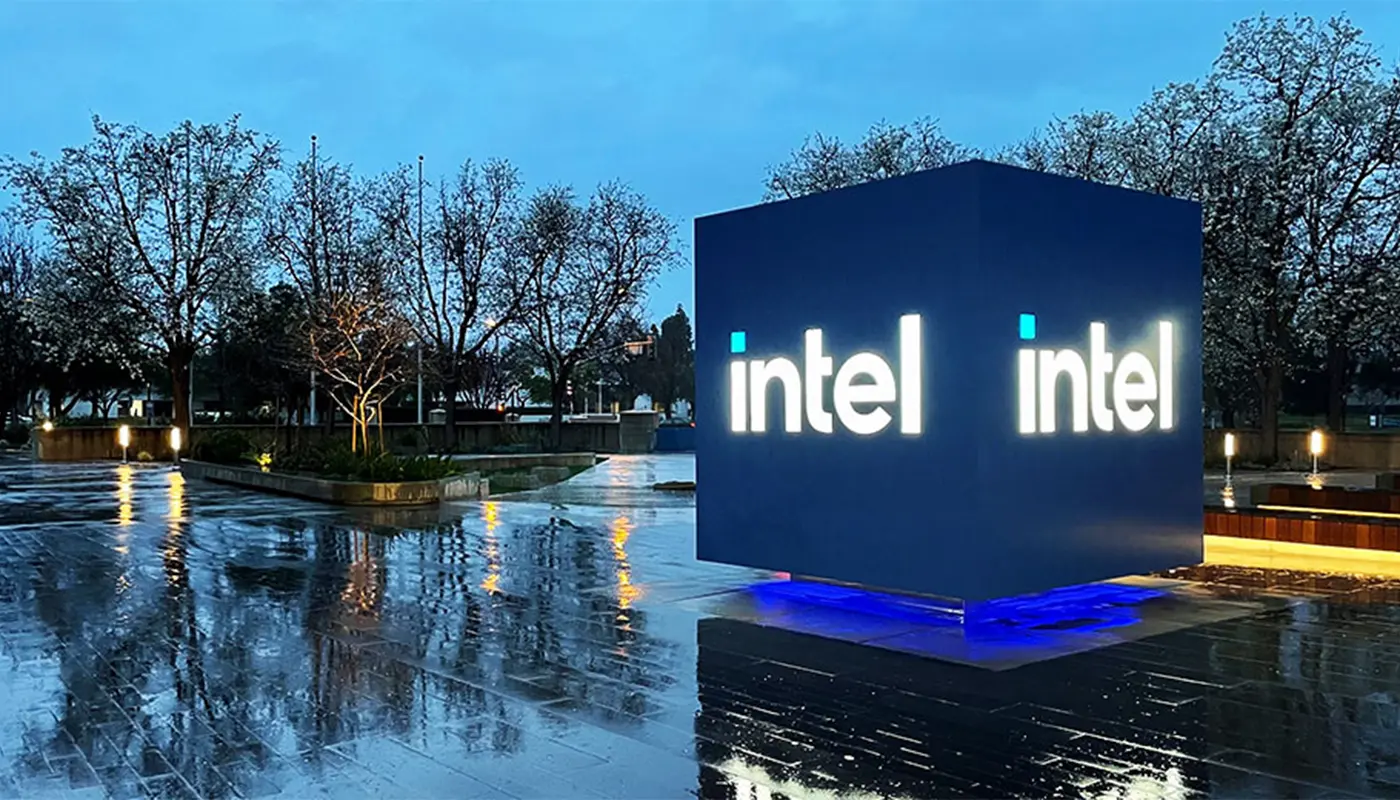As Intel charts its way through a turbulent turnaround, three dominant strategic visions are emerging, each with distinct implications for the future of the U.S. chipmaker. Here’s an in-depth look at the competing paths:
1. Deepening Ties in AI & Foundry Services
Intel’s new CEO, Lip-Bu Tan, is aggressively shifting the company toward revitalizing its foundry business and expanding AI capabilities.
At its Vision 2025 event, Intel emphasized progress on the 18A process node and the upcoming Panther Lake platform, featuring AI-native functions like NPUs and optimized for performance-per-watt efficiency.
Complementing this, the Gaudi 3 AI accelerators, already integrated into IBM’s cloud infrastructure, illustrate Intel’s hardware evolution toward AI systems.
Simultaneously, following a finance-driven pivot, Intel is tying future expansion to customer commitments and revenue prospects, scaling back speculative capital deployment such as in Germany or Ohio, and emphasizing operational discipline.
2. Embracing Edge AI as a Strategic Lifeline
In light of ongoing losses and intense competition, Intel is also positioning edge AI as a critical avenue for growth, in an approach that aligns with lower capital intensity and faster returns than large-scale fab expansion.
The company aims to harness AI for local computation in scenarios like robotics and autonomous systems while leveraging prior strengths in silicon and open ecosystems.
Lip-Bu Tan brings not only semiconductor pedigree, but also a strong partner network—possible catalysts for accelerating Intel’s edge AI adoption and ecosystem development.
3. Strategic Infusion from SoftBank & Government Support
Intel’s trajectory is further shaped by critical financial backstops. SoftBank Group has injected $2 billion in equity into Intel, acquiring a roughly 2% stake—seen as a vote of confidence by CEO Lip-Bu Tan and a potential gateway for future collaboration, especially given SoftBank’s stake in Arm and AI ecosystem ambitions.
Simultaneously, the U.S. government is reportedly negotiating a non-voting 10% equity involvement in exchange for unused Chips Act grants—an infusion of funds that could reshape Intel’s investment capacity, though not universally welcomed by investors, who warn it may sidestep structural challenges.
A Converging Future?
Intel now stands at the confluence of three pivotal, yet distinct, currents:
| Vision | Key Drivers | Risks |
|---|---|---|
| Foundry & AI Reinvention | Infrastructure discipline, new chip platforms | Customer traction, competition from TSMC/AMD |
| Edge AI Push | Lower CAPEX, emerging markets | Execution complexity, ecosystem delays |
| Strategic Investments | Financial lifeline, partnerships | Dilution, dependency on external actors |
Success will likely require Intel to blend these approaches—leveraging SoftBank’s capital and partnerships, unlocking edge AI momentum, and methodically rebuilding foundry credibility. Under Tan’s leadership, the outcome hinges on his ability to unify these threads into a cohesive, execution-oriented roadmap that revives Intel’s competitive edge.







